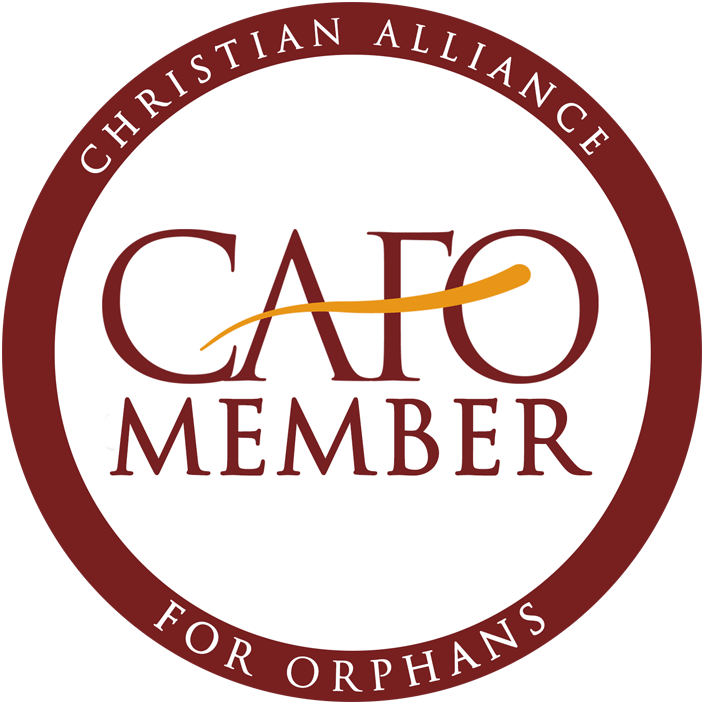As it is said, it takes a village to raise a child. In Ethiopia, and around the world, many organizations are working in different capacities to support children in care and keep more children from coming into care. Learn about the different areas of care, where Selamta fits in and who else is doing the work.
Caring for vulnerable children and families requires multiple approaches and areas of expertise. Creating Forever Families for children who have been orphaned or abandoned is what we’ve been called and equipped to do. Poverty, brokenness, and a lack of domestic adoption resources create the need for Selamta’s programs, but several options must be explored before a child comes into a Forever Family. When biological families break down and children are separated, seeking reunification to biological parents should always be the first step. When reunification is not possible, kinship care, growing up with another biological relative like a grandparent, aunt or uncle, should be the next step. Family strengthening resources are critical in both cases. The factors that broke down the family unit must be addressed with appropriate support. If kinship care is not an option, domestic adoption should then be considered. A culture of domestic adoption is being developed in Ethiopia but it’s still early in the process and international adoption closed in 2017. Once those options have been explored and proven unavailable, then it’s appropriate to bring a child or sibling group into a new Selamta Forever Family. An estimated 5 million children in Ethiopia have been separated from their birth parents. Selamta’s Forever Family Program stands in the gap for children who need to know the love of a family.
Watch this video to learn how Selamta fits into the Continuum of Care.
To learn more about the orphan crisis, including: understanding the terms, why the crisis exists, movements, and ethical solutions, read The Archibald Project’s 411 on the Orphan Crisis.




